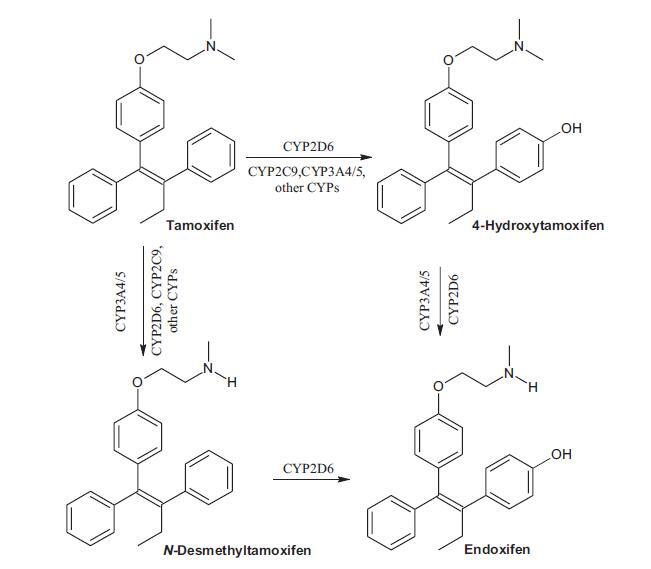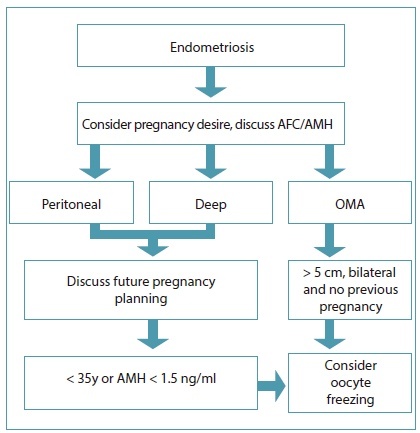Summary
Revista Brasileira de Ginecologia e Obstetrícia. 2020;42(12):793-799
To find out which was the opinion of residents in obstetrics and gynecology about the advantages and disadvantages of medical abortion as compared with surgical procedures.
Cross-sectional multicenter study among residents in obstetrics and gynecology from 21 maternity hospitals located in 4 different geographical regions of Brazil, using a self-responded questionnaire with 31 questions related to their opinion and experience on providing abortion services.
Most residents agreed that “being less invasive” (94.7%), “does not require anesthesia” (89.7%), “can be accompanied during the process” (89.1%), “prevents physical trauma” (84.4%) were the main advantages of medical abortion.
Residents perceived both clinical and personal issues as advantages of medical abortion.
Summary
Revista Brasileira de Ginecologia e Obstetrícia. 2021;43(10):793-793
Summary
Revista Brasileira de Ginecologia e Obstetrícia. 2021;43(10):794-795

Summary
Revista Brasileira de Ginecologia e Obstetrícia. 2018;40(12):794-799
Tamoxifen (TMX) is the main drug used both in pre and postmenopausal women as adjuvant treatment for hormone receptor-positive breast cancer. An important barrier to the use of TMXis the development ofdrug resistance causedby molecular processes related to genetic and epigenetic mechanisms, such as the actions of cytochrome P450 2D6 (CYP2D6) polymorphisms and of its metabolites. The present study aimed to review recent findings related to the impact of CYP2D6 polymorphisms and how they can affect the results of TMX in breast cancer treatment. The keywords CYP2D6, tamoxifen, and breast cancer were searched in the PubMed, Scopus, The Cochrane Library, Scielo, and Bireme databases. Studies related to other types of neoplasms or based on other isoenzymes from cytochrome P450, but not on CYP2D6, were excluded. The impact of CYP2D6 polymorphisms in the TMX resistance mechanism remains unclear. The CYP2D6 gene seems to contribute to decreasing the efficacy of TMX, while the main mechanism responsible for therapy failure, morbidity, and mortality is the progression of the disease.

Summary
Revista Brasileira de Ginecologia e Obstetrícia. 2021;43(10):796-801

Summary
Revista Brasileira de Ginecologia e Obstetrícia. 2023;45(12):796-807
Menopause causes several changes in the body that may affect the response to COVID-19. We aimed to investigate the possible association between menopausal status and incidence and outcomes in COVID-19 patients.
Combinations of keywordsCOVID-19, menopause, and estrogen were used to search the PubMed, Embase, Web-of-Science, and Scopus databases for articles reporting the incidence and outcomes of COVID-19 (discharge, length-of-admission, intensive care, or mortality) in premenopausal women, available through December 29, 2022. Data from studies comparing the incidence of COVID-19 infection with the age-matched male population were pooled and meta-analyzed using a random-effects model.
Overall, 1,564 studies were retrieved, of which 12 were finally included in the systematic review to compare disease outcomes, and 6 were meta-analyzed for the incidence of COVID-19 in premenopausal and postmenopausal women. All studies reported better COVID-19-associated outcomes in premenopausal women compared with postmenopausal women. After adjusting for confounding factors, three studies found better outcomes in postmenopausal women, and two found no association between menopausal status and COVID-19 outcomes. Our meta-analysis found a higher incidence of COVID-19 infection among premenopausal women than postmenopausal women, when compared with age-matched men (odds ratio = 1.270; 95% confidence interval: 1.086–1.486; p = 0.003).
The incidence of COVID-19 was significantly higher in premenopausal women than in postmenopausal women when compared with age-matched men. Although premenopausal women may have more favorable COVID-19-associated outcomes, the presumed preventive effect of estrogens on the incidence and related outcomes of COVID-19 in premenopausal women cannot be proven at present. Further longitudinal studies comparing pre- and post-menopausal women are required to provide further insight into this matter.

Summary
Revista Brasileira de Ginecologia e Obstetrícia. 2022;44(8):797-801
Residency is still considered the gold standard for quality medical training, and acquiring a professional identity as a specialist is one of its central elements. Residents obtain this identity through both the educational environment and direct interaction with peers and supervisors. However, modifications in health care and educational routines during the recent coronavirus disease 2019 (COVID-19) pandemic have significantly impaired these channels. This study is part of a qualitative research project to analyze professional identity formation in a medical residency program in obstetrics and gynecology at a public hospital in southern Brazil. The authors conducted 28 semi-structured interviews with medical residents and preceptors, as well as a focus group with the residents, which was recorded, transcribed, and analyzed in an effort to construct major analytical categories. Restricted movement and physical contact have forced the use of alternative means of interpersonal interaction, such as communication through social media or instant messaging applications. This has also affected educational activities, such as morning rounds, lectures, and seminars. These changes represent a significant impact, especially in Brazil, where physical proximity is an important cultural feature, even in the work and school environments. We speculate that this new type of virtual interaction will also affect the formation of professional identity among obstetrician-gynecologists. These findings suggest that medical residency programs should be attentive to changes in resident training to ensure that the specialist profile and the expected skills, which are consolidated over many years, are not lost.
Summary
Revista Brasileira de Ginecologia e Obstetrícia. 2004;26(10):799-805
DOI 10.1590/S0100-72032004001000007
PURPOSE: to assess risk factors for low Apgar score. METHODS: this was a cross-sectional study preformed in a random sample of patients admitted to a level III maternity hospital in 2001. The outcome was low Apgar score defined as an Apgar score 1-6 (study group) versus Apgar score 7-10 (control group) in the first minute of life. The first step was the evaluation of the association of each possible risk factor with low Apgar score. The second step was multivariate analysis with the backward stepwise logistic regression model. RESULTS: there were 39 (14%) depressed newborns which were compared to 238 (86%) not depressed babies. The final analysis (multivariate) showed an association between low Apgar score and previous case of stillbirth (OR=52.6), preterm labor threat (OR=33.8), low birth weight, less than 2,500 g body weight (OR=11.2) and previous cesarean section (OR=7.4). Some factors acted as a protection, including birth weight, in grams (OR=0.9), female sex of the newborn (OR=0.1), medical complications (OR=0.4) and prematurity (gestational age < 37 weeks, OR=0.1). CONCLUSION: the study may help in the identification of fetuses at great risk of asphyxia, allowing proper reference within the health system and planning of effective assistance in neonatal intensive care units.